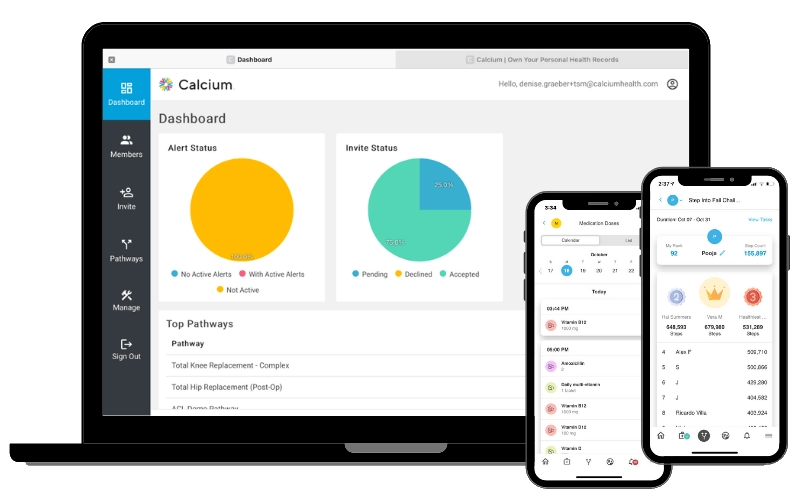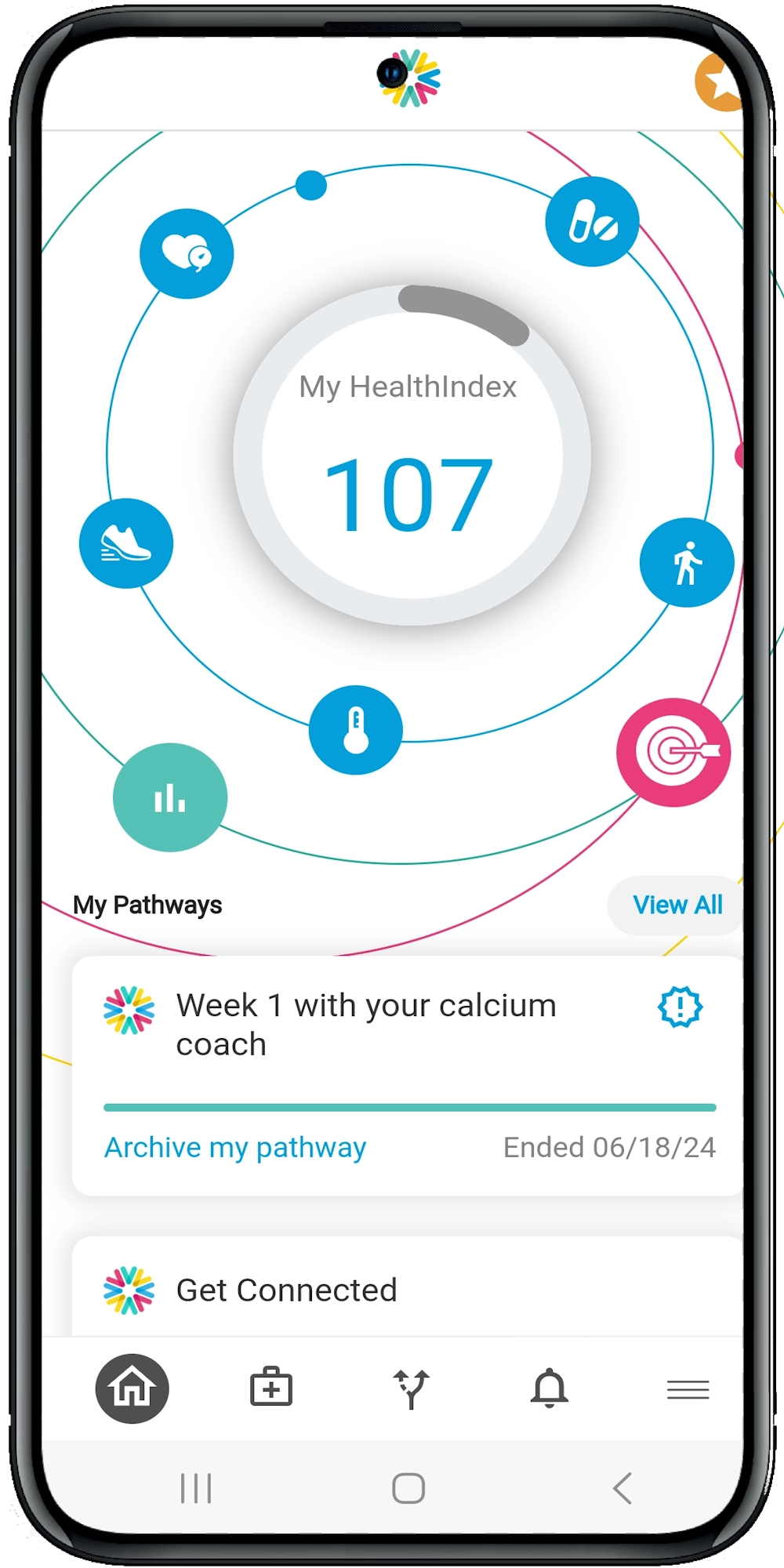EHR Integration for Better Chronic Condition Care Coordination
The Challenge of Chronic Condition Management
Managing chronic conditions like diabetes, heart disease, and COPD is no small feat. These illnesses require continuous monitoring, frequent adjustments to treatment plans, and seamless communication among healthcare providers.
Here’s what makes chronic condition management so challenging:
- Complex Treatment Plans: Patients often need multiple medications, lifestyle changes, and regular check-ups.
- Frequent Monitoring: Blood sugar levels, blood pressure, and other metrics need constant tracking.
- Multiple Specialists: Patients often see various specialists, making communication critical.
- Patient Engagement: Keeping patients engaged in their care plans is crucial for long-term success.
Why EHR Integration Matters
EHR systems are more than just digital versions of paper records. When integrated effectively, they can revolutionize care coordination. Imagine having all patient information at your fingertips, seamlessly shared among all healthcare providers involved in a patient’s care. That’s the power of EHR integration.
Key Benefits of EHR Integration
- Comprehensive Patient Data: EHRs provide a holistic view of a patient’s health history, medications, lab results, and more. This comprehensive data is crucial for making informed decisions.
- Improved Communication: With integrated EHRs, all healthcare providers can access the same information, reducing the risk of miscommunication.
- Efficient Workflows: Automated alerts and reminders can streamline workflows, ensuring that nothing falls through the cracks.
- Better Patient Outcomes: When providers have access to complete and accurate information, they can deliver more personalized and effective care.
How EHR Integration Enhances Care Coordination
Let’s break down how EHR integration can specifically improve care coordination for chronic conditions.
1. Streamlined Communication
Effective communication is the backbone of coordinated care. EHR integration ensures that all healthcare providers are on the same page.
- Shared Access: All providers can access the same patient records, eliminating the need for redundant tests and procedures.
- Messaging Systems: Integrated EHRs often include secure messaging systems, allowing for real-time communication between providers.
- Care Plans: Shared care plans ensure that everyone is aware of the patient’s treatment goals and progress.
2. Real-Time Data Sharing
Timely access to patient data is critical for managing chronic conditions. EHR integration facilitates real-time data sharing.
- Lab Results: Lab results can be uploaded and shared instantly, allowing for prompt adjustments to treatment plans.
- Remote Monitoring: Devices like glucose monitors and blood pressure cuffs can sync with EHRs, providing real-time updates.
- Medication Management: EHRs can track medication adherence and alert providers to potential issues.
3. Enhanced Patient Engagement
Patients play a crucial role in managing their chronic conditions. EHR integration can enhance patient engagement in several ways.
- Patient Portals: Many EHR systems include patient portals, where patients can access their health information, view test results, and communicate with their care team.
- Educational Resources: Integrated EHRs can provide patients with tailored educational resources, helping them understand their condition and treatment options.
- Appointment Reminders: Automated reminders can ensure that patients don’t miss important appointments and follow-ups.
4. Data Analytics and Reporting
EHR integration can also facilitate advanced data analytics and reporting, which are essential for chronic condition management.
- Population Health Management: Providers can identify trends and patterns in patient data, allowing for proactive management of chronic conditions.
- Predictive Analytics: Advanced analytics can predict potential complications and help providers intervene early.
- Quality Reporting: Integrated EHRs can generate reports on quality metrics, helping providers meet regulatory requirements and improve care quality.
Overcoming Barriers to EHR Integration
While the benefits of EHR integration are clear, implementing these systems can be challenging. Here are some common barriers and how to overcome them.
1. Interoperability Issues
Different EHR systems often don’t “talk” to each other, making data sharing difficult.
- Standardization: Adopting standardized protocols like HL7 and FHIR can improve interoperability.
- Vendor Collaboration: Encourage vendors to work together to create compatible systems.
2. Cost Concerns
Implementing and maintaining EHR systems can be expensive.
- Government Incentives: Take advantage of government programs that offer financial incentives for EHR adoption.
- Cost-Benefit Analysis: Conduct a thorough cost-benefit analysis to demonstrate the long-term savings and improved patient outcomes.
3. Training and Support
Staff may resist new systems due to a lack of training and support.
- Comprehensive Training: Provide thorough training sessions for all staff members.
- Ongoing Support: Offer continuous support and resources to help staff adapt to the new system.
Summary and Suggestions
EHR integration is more than just a technological upgrade; it’s a pathway to better care coordination for patients with chronic conditions. By streamlining communication, enabling real-time data sharing, enhancing patient engagement, and leveraging data analytics, integrated EHRs can significantly improve patient outcomes. Ready to transform your practice? Explore more resources on our website or schedule a demo to see how our digital health platform can make a difference.





